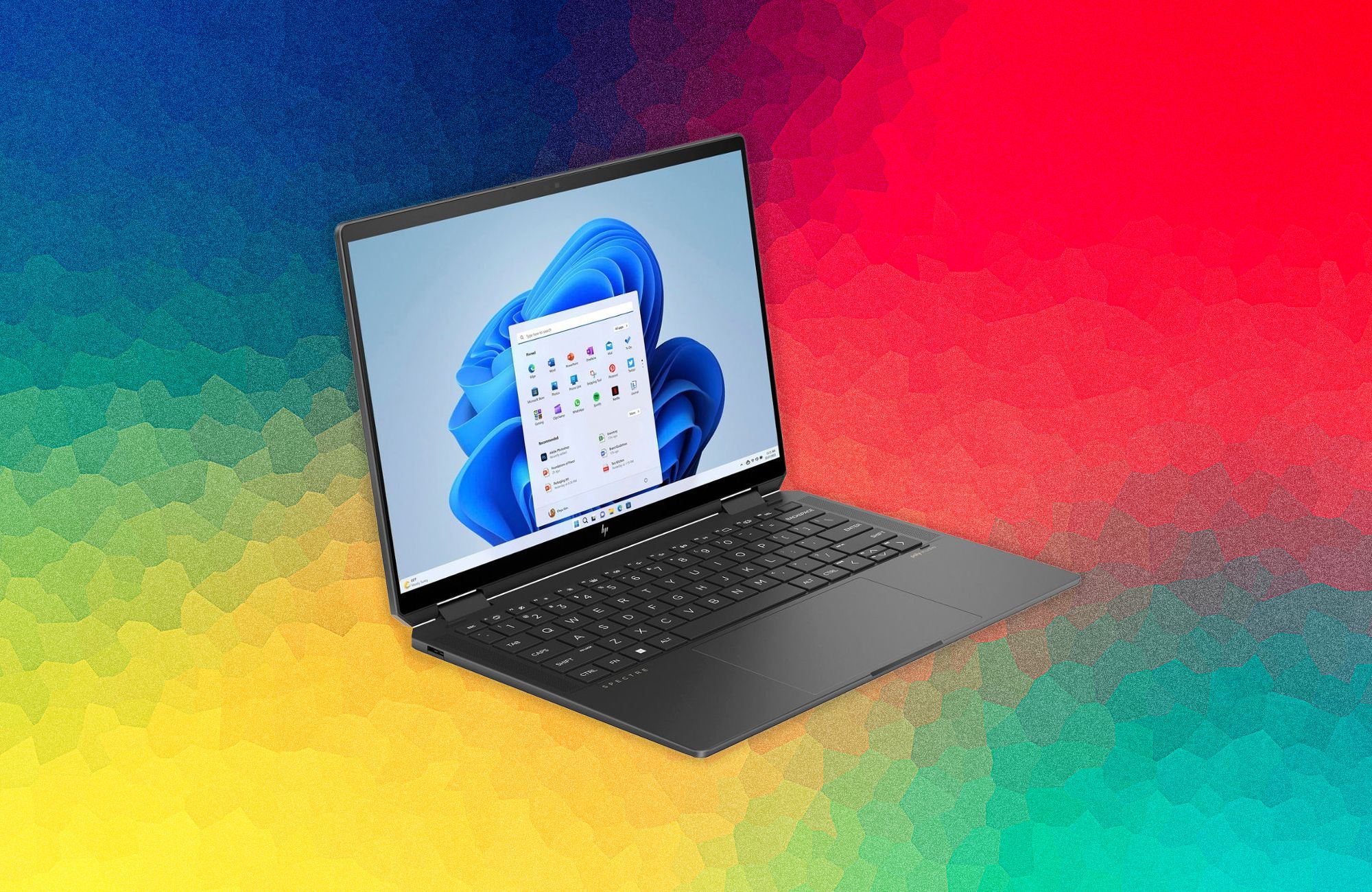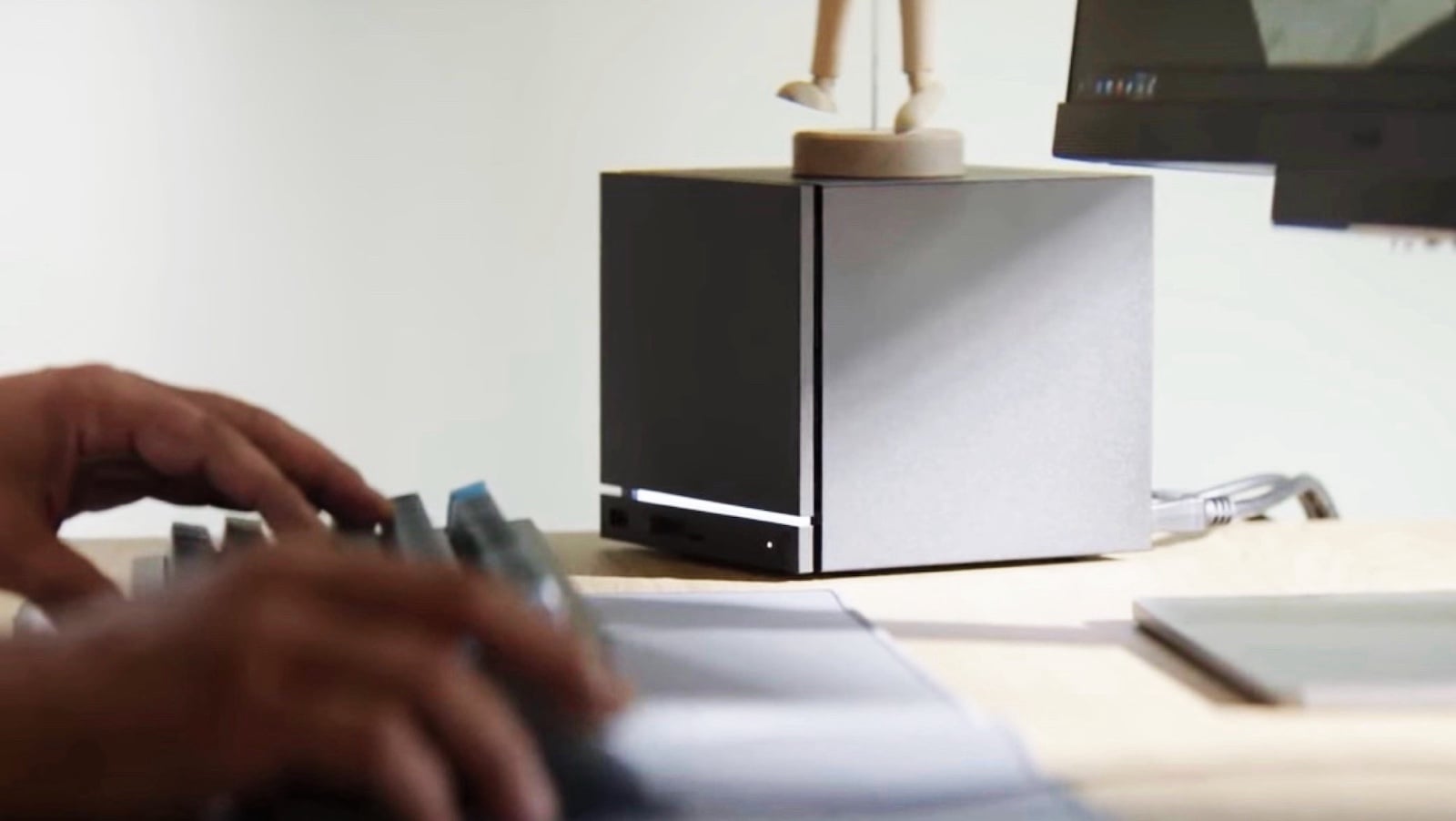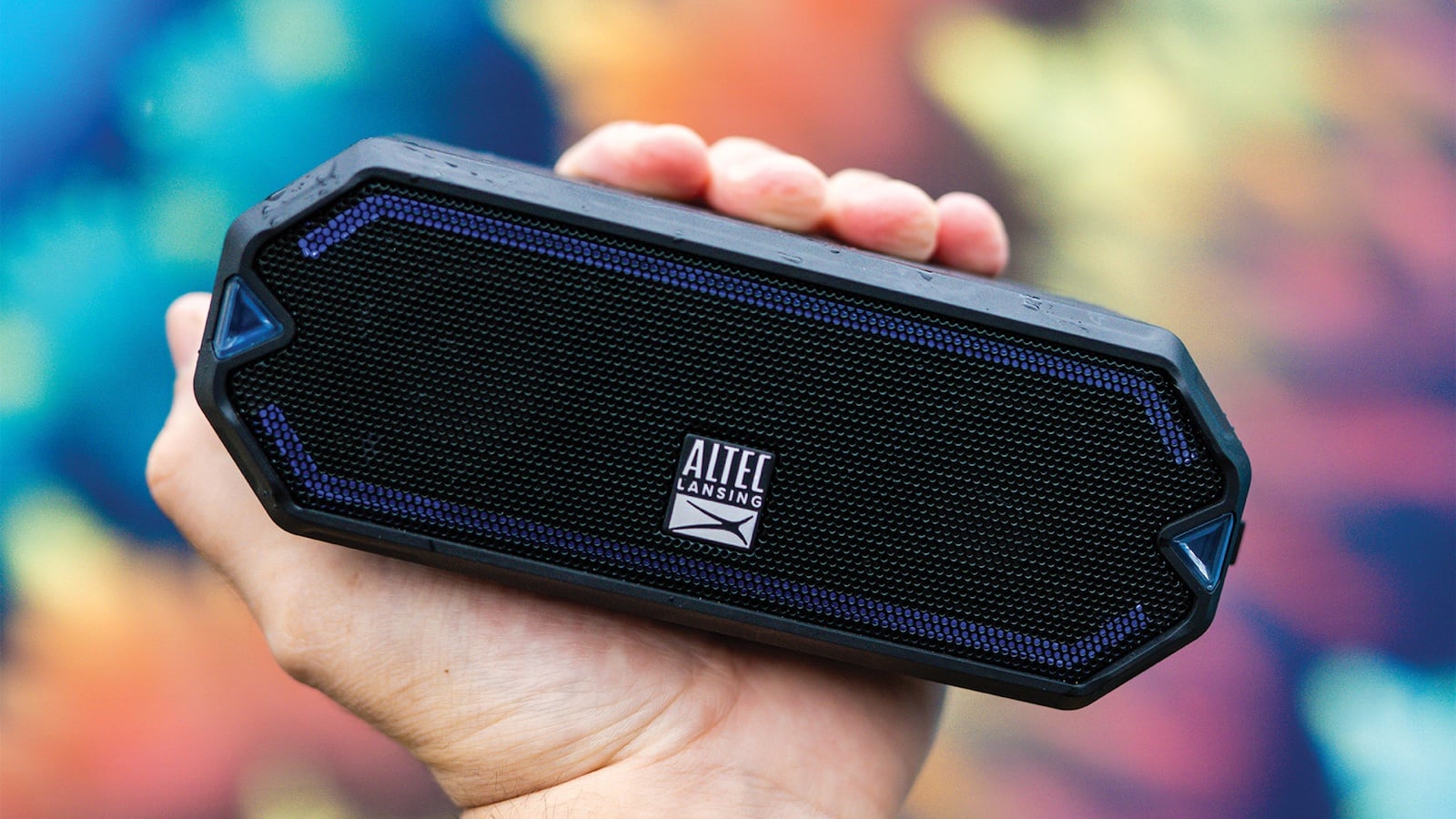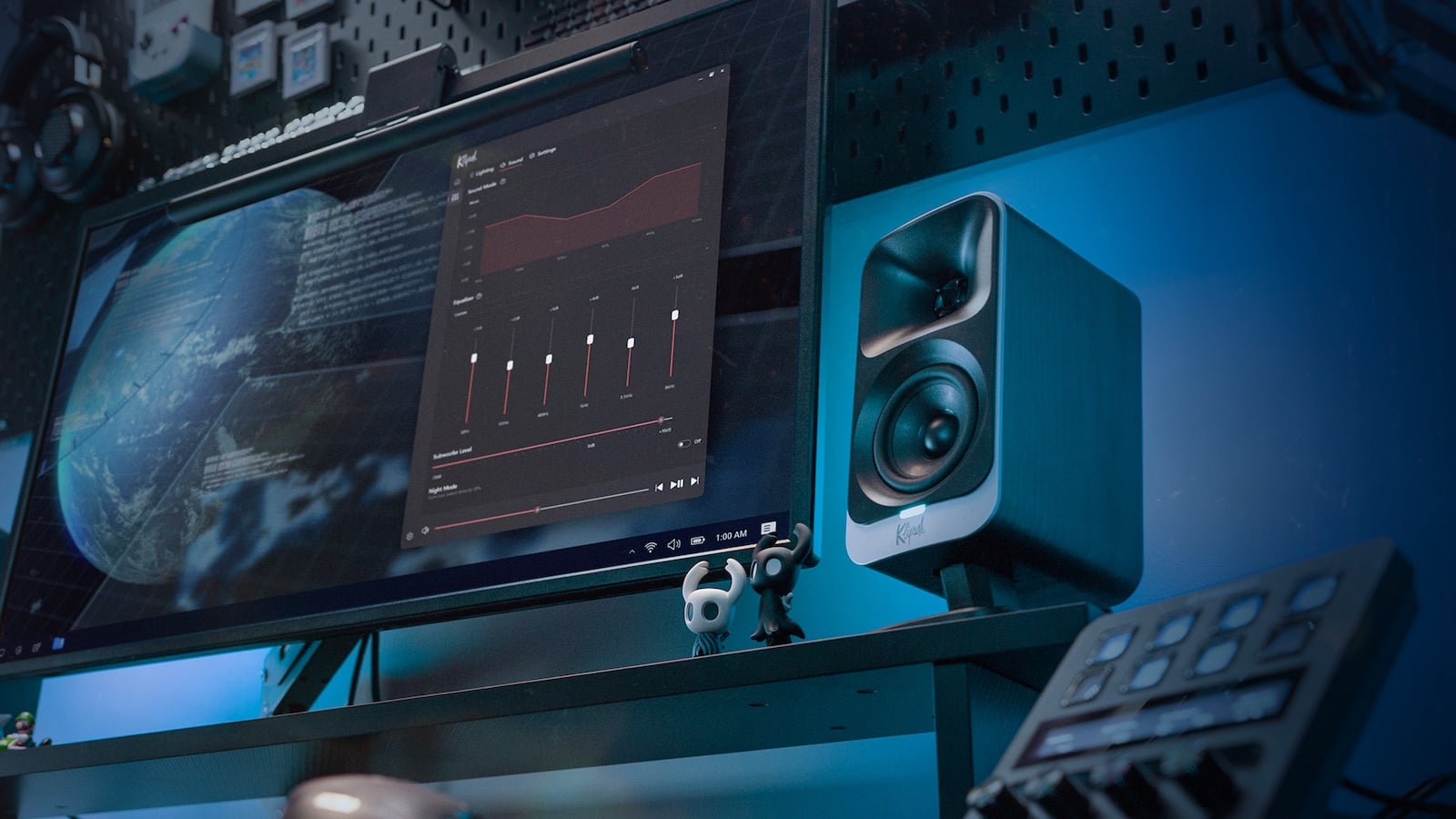Introduction
2025’s gaming laptops pack desktop-level power into portable chassis, balancing raw performance, efficient cooling, and smarter power management. This guide highlights the key choices and practical advice to help gamers pick the best laptop for their needs, whether prioritizing frame rates, portability, battery life, or value.
What to look for when choosing a 2025 gaming laptop
- GPU performance: Dedicated mobile GPUs determine gaming fidelity and frame rates; prioritize higher-tier GPUs for ray tracing and high-refresh gameplay.
- CPU and cores: Multicore processors improve gaming performance and multitasking; faster single-core speeds still benefit many games.
- Display: Choose a high-refresh panel (144 Hz or higher) for competitive play, and consider resolution based on GPU strength: 1080p for top frame rates, 1440p for visual fidelity, 4K only if your GPU can handle it.
- Cooling and thermals: Effective thermal design sustains boost clocks under load and reduces throttling; robust vapor chambers, multiple heat pipes, and high-flow fans matter.
- Build and portability: Thin-and-light models trade some thermals for mobility, while bulkier chassis usually permit better performance and quieter fans.
- Battery life and charging: Gaming drains batteries quickly; look for fast-charging and consider hybrid modes that extend battery life for non-gaming use.
- Keyboard and I/O: Responsive key travel, per-key or zone RGB, and a full complement of ports (USB-C with high-bandwidth, HDMI, Ethernet) improve both play and streaming workflows.
- Value and warranty: Factor total cost of ownership, upgradeability, and warranty support when comparing models.
Best categories and who they suit
- Best overall performance: For gamers who want desktop-class power in a laptop form factor; ideal for high-resolution, high-refresh gaming and creative workloads.
- Best for competitive esports: Lightweight, high-refresh displays and low-latency components favor players who prioritize consistent high FPS over absolute visual fidelity.
- Best portable option: Thin, well-built models that balance reasonable gaming performance with all-day mobility for students and traveling creators.
- Best budget pick: Offers the best price-to-performance tradeoff, focusing on solid 1080p gaming and upgrade paths rather than premium materials.
- Best for creators and streamers: Powerful CPUs and GPUs with robust thermals, high-quality webcams/mics, and ample memory and storage for content production.
How to choose the right spec for your budget
- Entry-level budget: Aim for a capable midrange GPU, 16 GB RAM, and a 1080p 144 Hz display to maximize value.
- Mid-range: Target a stronger mobile GPU, 32 GB RAM if you multitask, and a 1440p high-refresh display for sharper visuals.
- High-end: Pair top-tier mobile GPUs with high-core-count CPUs, 32–64 GB RAM, and fast NVMe storage for longevity and top performance.
Setup and optimization tips after purchase
- Update GPU and chipset drivers immediately and enable the laptop’s performance profile for gaming sessions.
- Calibrate display settings and use in-game presets matched to your resolution and refresh rate goals.
- Use manufacturer utilities to tune fans and power limits only if you’re comfortable; undervolting and custom fan curves can reduce thermals and noise.
- Keep storage organized and install frequently played titles on the fastest NVMe drive for reduced load times.
- Regularly clean vents and fans to maintain airflow and thermal performance.
Decide first what matters most: raw frame rates, portability, or price. Choose a display that matches your GPU capability, prioritize cooling to preserve performance, and invest in sufficient RAM and fast storage. For most buyers in 2025, a balanced mid-to-high-range configuration delivers the best mix of longevity and gaming experience.




